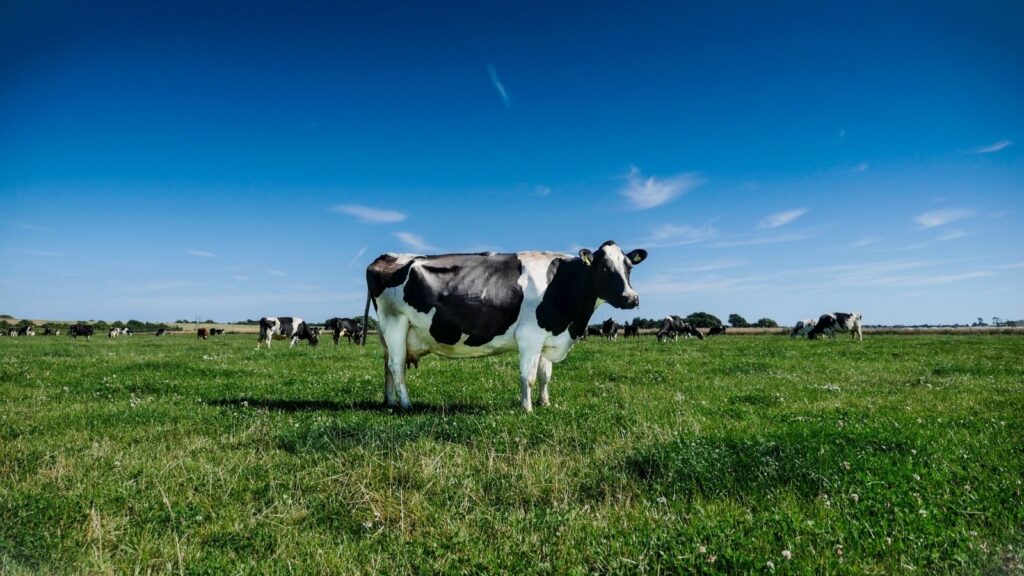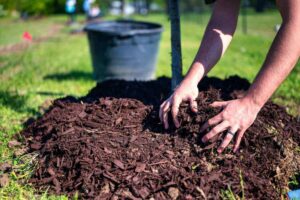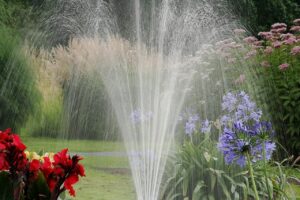It’s bulb-planting season – hooray! It’s also one of the last times of the year to be out and about in the garden and the opportunity to plant some little rays of sunshine, such as tulips, to help you get excited about next year.
Late winter and spring flowering bulbs of all varieties offer a splash of early colour that seems to come at exactly the right time. When you’re done with short days, dark nights and cold wet weather, up come the bulbs. Snowdrops, daffodils, crocuses and tulips – the staples of springtime in the garden – provide pops of colour often before green shoots begin to appear elsewhere. Planted well, in banks or blocks, or spread out over larger areas, tulip bulbs can provide a focal point as well as a lift of the spirits.
The versatile and varied tulip
One of the most rewarding of the spring bulbs is the humble tulip. Its slightly later appearance, long stem and goblet bud and petal arrangement provide structure and colour in any garden. Whilst there are many varieties of daffodil these days, the majority remain within a single spectrum of colour, from pale white and cream through to golden yellow. Tulips, on the other hand, offer not only variety in their shape and form but also a choice of colours across the entire spectrum.
From deep dark moody, almost black shades of purple through yellows, reds, pinks, blues, green and white there’s a tulip colour for everyone. Whether you’re planting one or two single colours in blocks or want a rainbow array of bustling colours, the tulip will serve you well. And did you know that in Amsterdam – the place we all associate with the tulip – each colour has a particular meaning. From red for love and romance, purple for royalty and rebirth or the start of spring with yellow, each colour has its own deeper significance.
When to plant tulip bulbs
Tulip bulbs should be planted in the autumn when the soil has cooled off from the summer. November is the optimal time to plant tulip bulbs, but December and January should also work for a spring bloom.
Where should I plant tulip bulbs
Most tulips prefer sunny spots and are not fans of cold and shade, especially arriving early in the year, so find an area that enjoys as much early spring sunshine as possible. Tulips grow best in well-drained soil, but if your soil is heavy and clay-like, try mixing in an organic compost to the soil.
How long do tulips take to grow
Once planted, tulips take around 15–30 weeks to flower. Depending on the type of tulip and the weather conditions, tulips bloom for around 2 weeks. So you get a short window to enjoy them but they are worth it!
The shape of the tulip
Whilst the shape of the bloom on a tulip now lends its name to glassware, the tulip itself apparently comes from a derivative of the word turban, nodding to the true heritage of the tulip as a Persian wildflower. Whilst the modern association is with Holland and the Netherlands, it’s easy to see why tulips could be considered to mirror the turban worn by Turkish men in the 16th century. The sweeping curves of the petal and the wraparound nature of its conical shape echo the overlaps of fabric that would be wound around the head to create a headdress.
Through cultivation, the tulip now takes on many different forms, with double-headed, crown tops, ice creams, peony, tubers and even fringed or frilly edged petals making up some of the varieties that create a wide range of different shapes and sizes.
Using tulips to create a feature
Whilst a single tulip in a sea of greenery will make an instant statement, they’re best planted in blocks or across a single large expanse for maximum effect. As bulbs, they’ll split and naturalise in the ground, but with nowhere close to the speed with which daffodils will populate an area. So whilst they should be planted together in groups, you can get away with planting tulips blubs slightly closer to one another than other bulb varieties.
As well as avoiding gaps in the display, planting tulip bulbs near one another will provide added support and stability. Due to their long-term and bulbous bloom, tulips can be prone to drooping or bending and don’t fair too well in strong and exposed locations, so by planting together in banks or blocks, you can introduce some natural support and protection. Another way of avoiding droop and keeping your tulips smiling up to the sky is planting bulbs in full sun wherever possible.
Storing tulip bulbs
Did you know you can re-use tulip bulbs? After the tulip bulb has bloomed and withered and died after the growing season, carefully dig the bulbs up, clean them off and allow them to dry. Once they are fully dried, pop them in a net or paper bag and keep them in a cool dark place until the autumn.
Top tips for growing tulips
· For best results, plant tulips in groups of around 10, a few inches apart from each other. As well as creating blocks of colour, this will also help provide some support – single stems can be vulnerable in high winds or may droop
· Tulips like the sun and won’t grow well in a shady spot
· Plant the bulbs later than you would other spring flowering plants, such as daffodils and crocuses. This will help avoid the possibility of blight spores getting at the bulbs
· If you can, plant bulbs in ground that has not had any tulips growing for at least three years, so they can make the most of the nutrients and have the best chance of settling
· Tulips like a loam-based soil with a bit of grit to help with drainage. Alternatively, you can use our Topsoil Supreme and add some extra Cow Compost for extra nutrients
· Adding some grit or mulch such as Ornamental Bark around helps to keep the slugs at bay
Don’t cut heads off after flowering. Allow the stem to die back and then cut this off – the leaves remain green for some time, absorb sunshine and goodness to lock up for
Earth Cycle
If you are hoping to grow tulips at home, we hope this handy guide helps! We supply everything you need to help you create a bloomin’ great garden! From topsoils and composts, to mulches and tools, we have it all!




